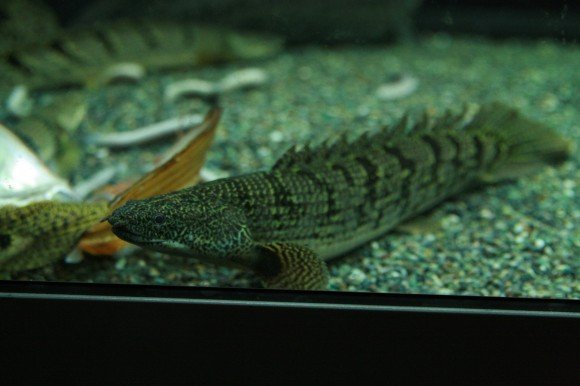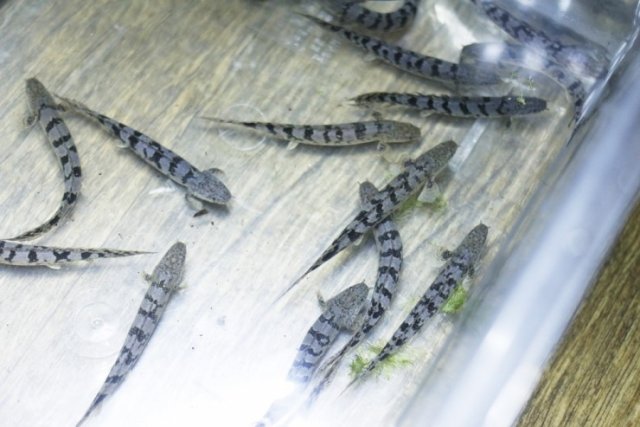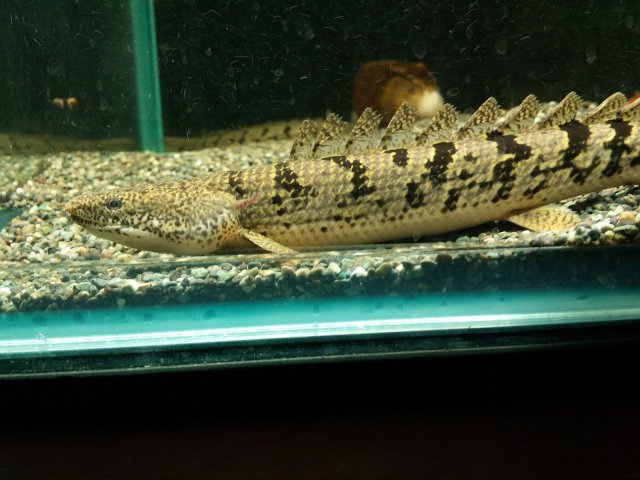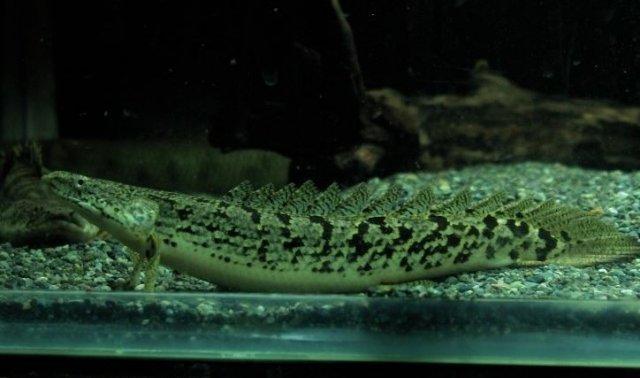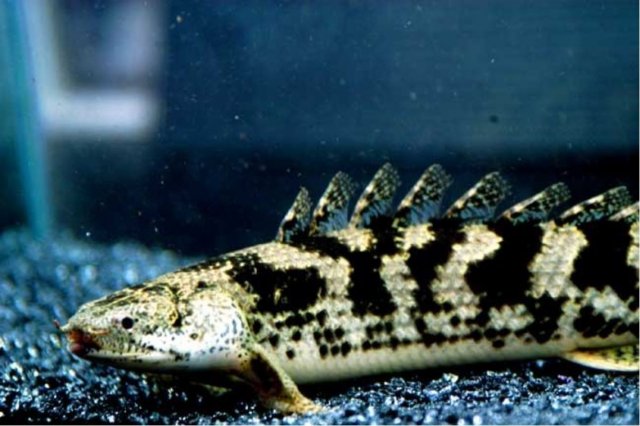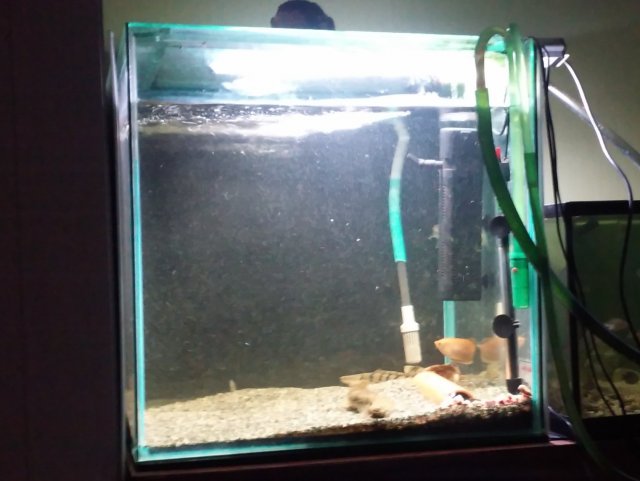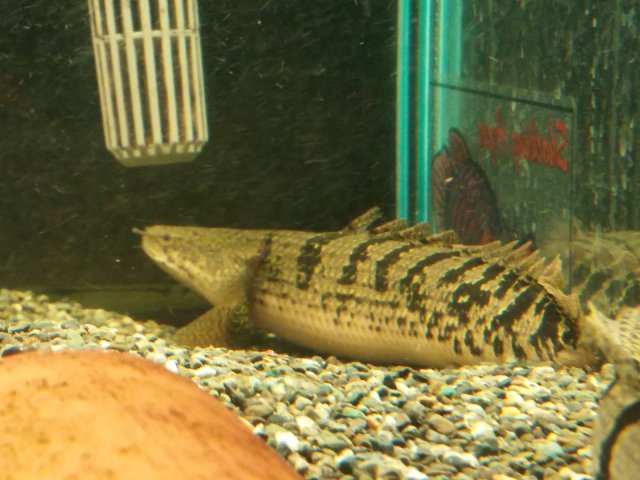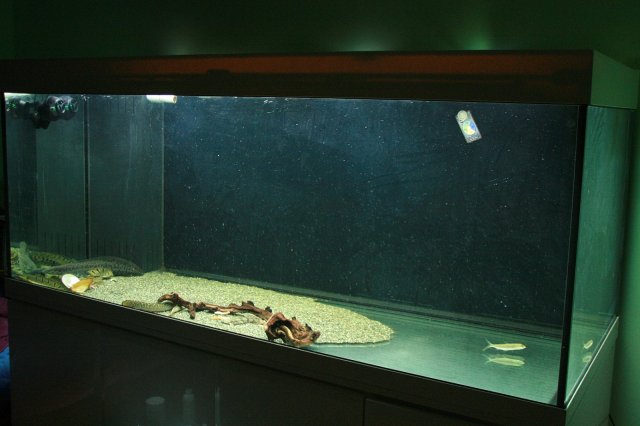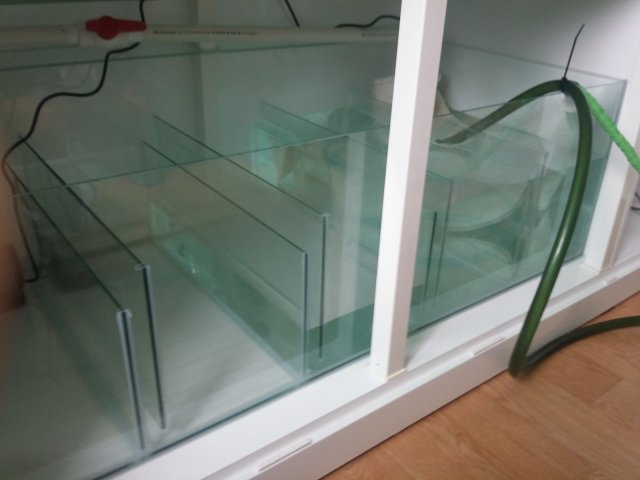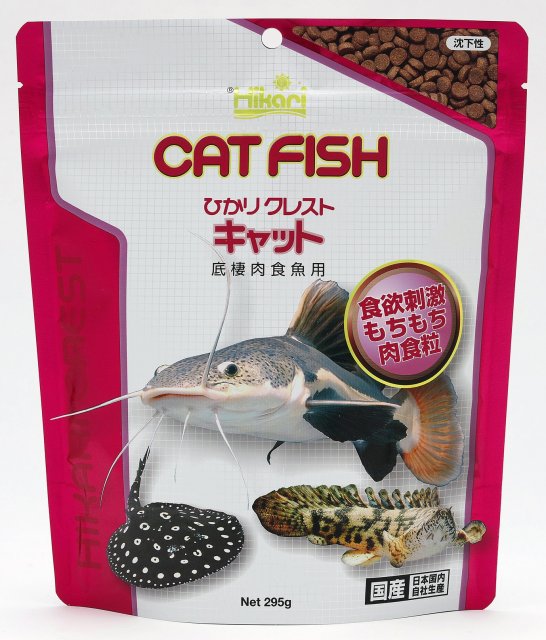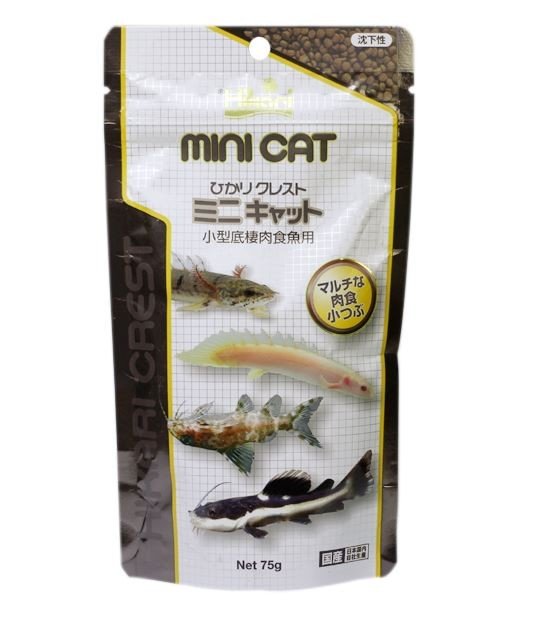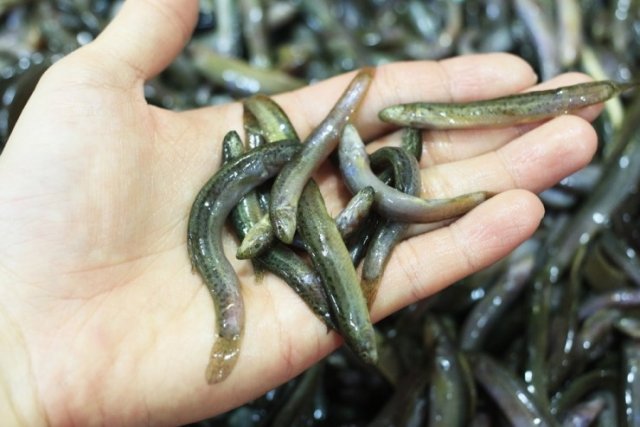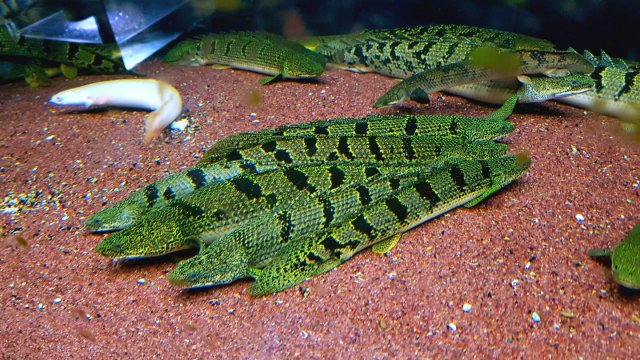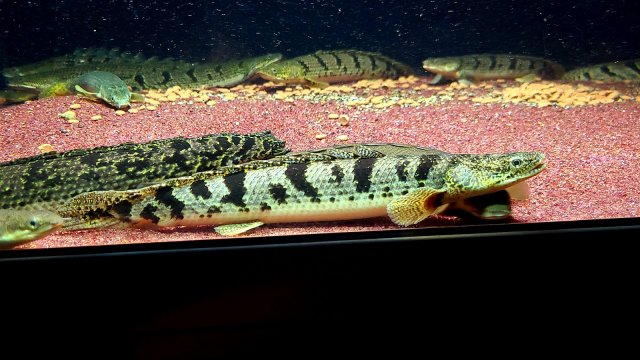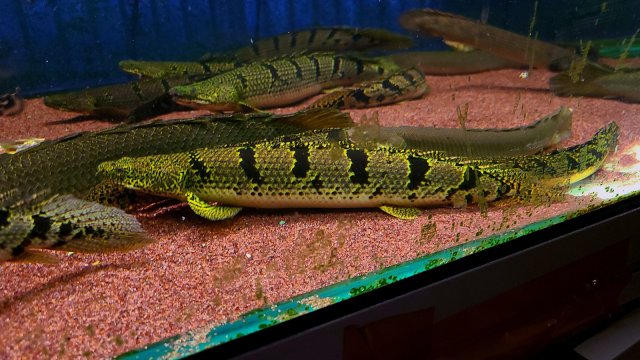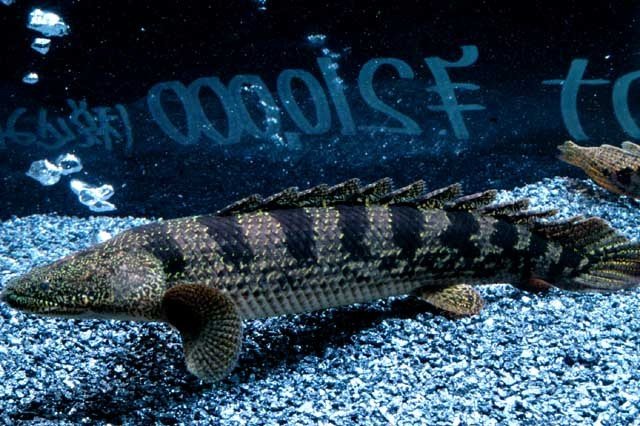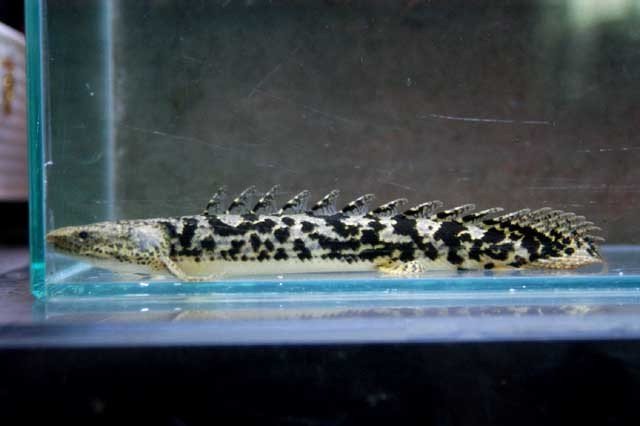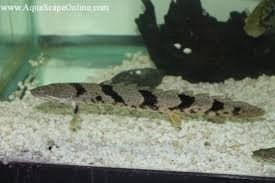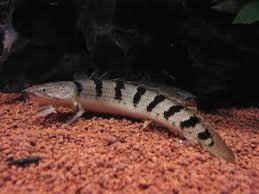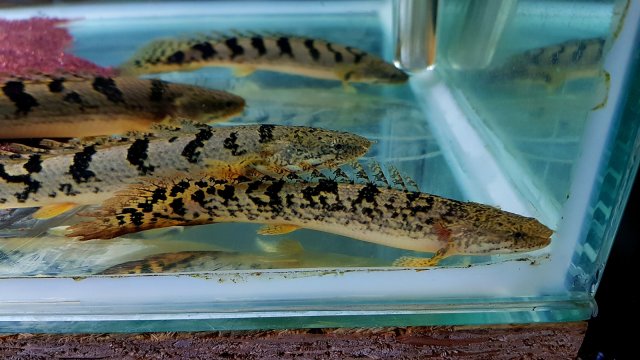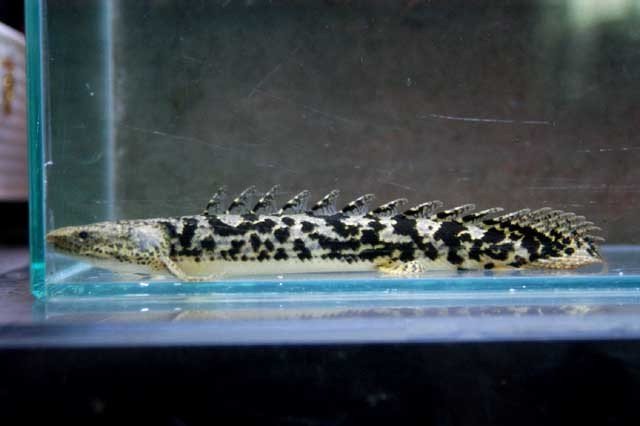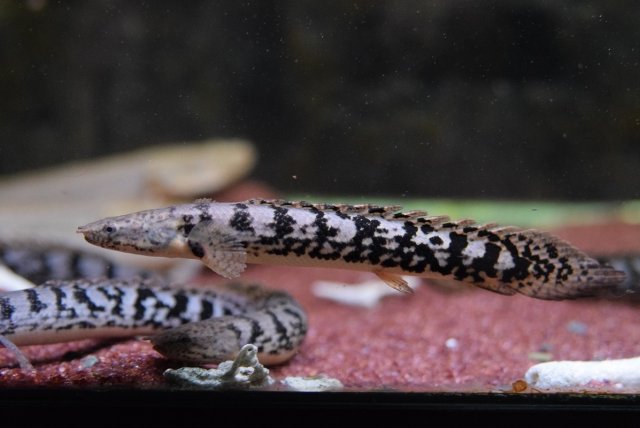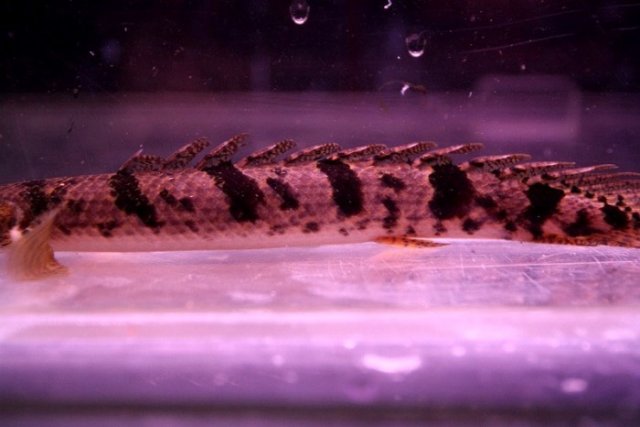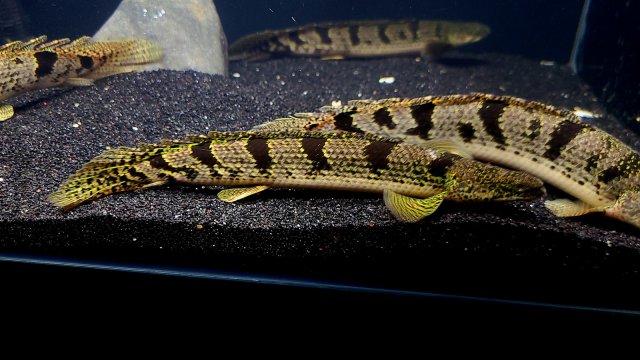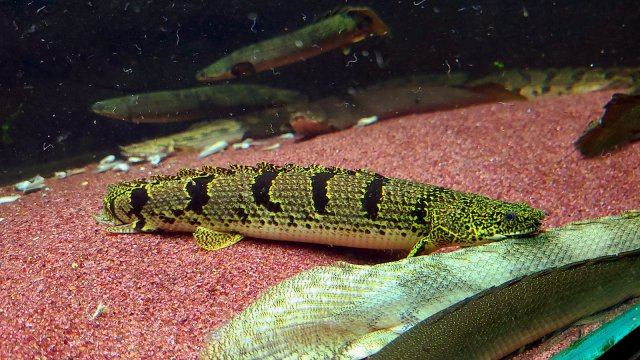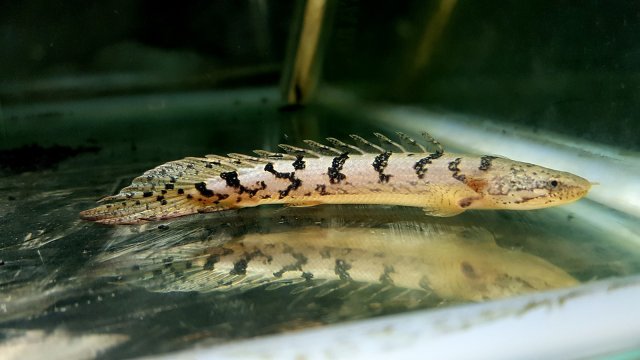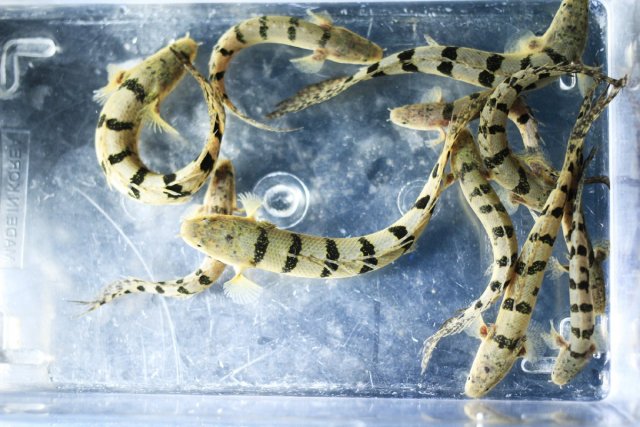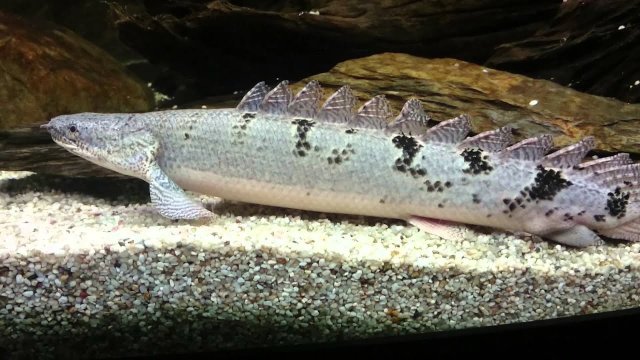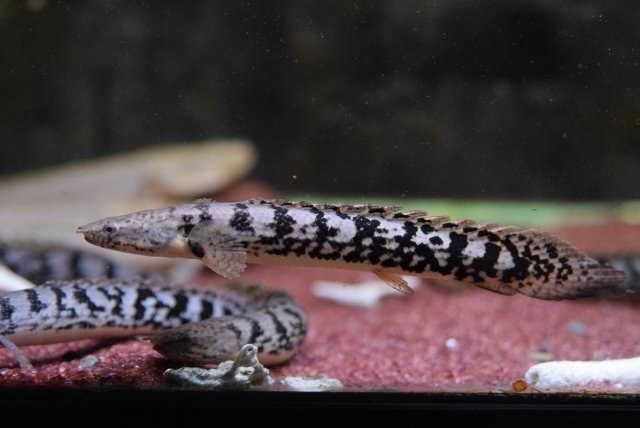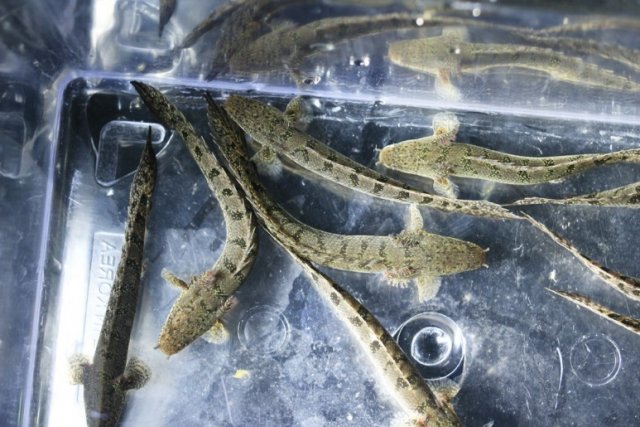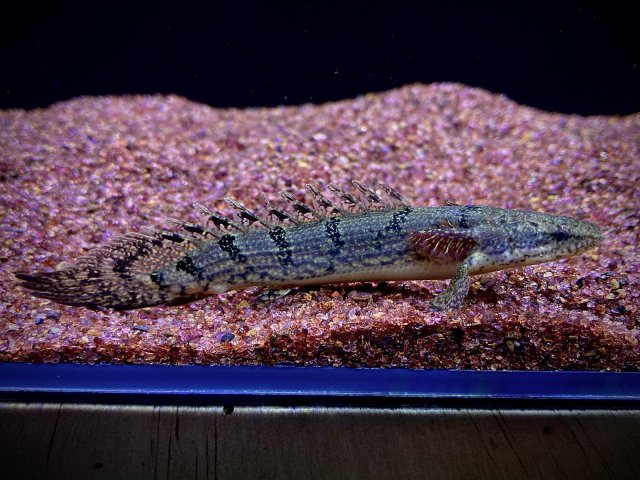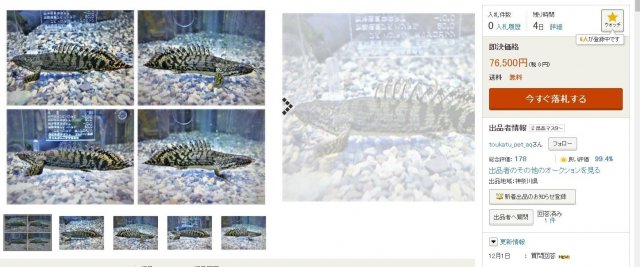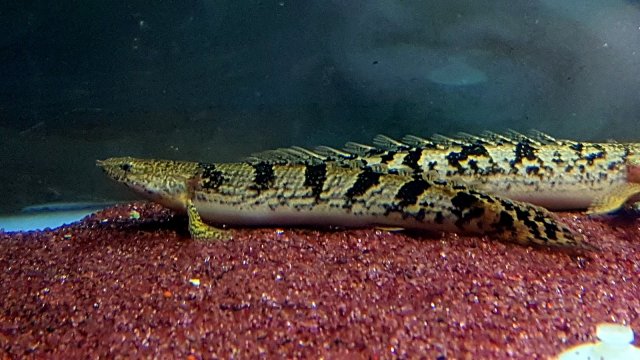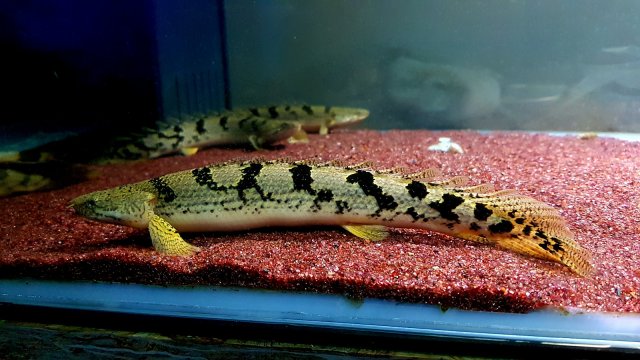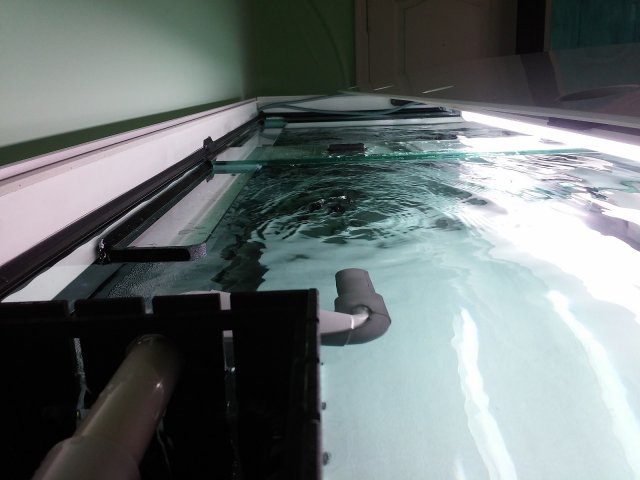
Light, Heater, Other equipments
right lighting systems will help your delhezi to show their best colors and also very important for their metabolistic rhythem and keep your fish in good conditions.
I currently use 4*30w white colored LED and natural sunlight for my 6 and 7 feet aquarium and keep ligt on and off regularly by a timeer (8~10d / 16~14n).
Specially, the fish can't blink it's eyes when they are in too bright environment and will get stressed because they can't sleep.
This stress will keep your fish very sensitive and even can be a reason to smash it's head to wall when they freaked out for something so you must keep your light on and off on time to keep their photoperiods.
About heater, you need to keep inside of the sump to keep your bichir safe from burning or use a heater cover and put in somewhere that always in water to be safe from fire when the return-pump stop or sort of situations.
Other equipements like wave maker can be helpful, specially the wave maker will make water flow better and help detritus go inside of the filters, also water flow will help your fish to get sharper head, bodyshape and dorsal fins so i recommend to put one when you keep Polypterus delhezi.
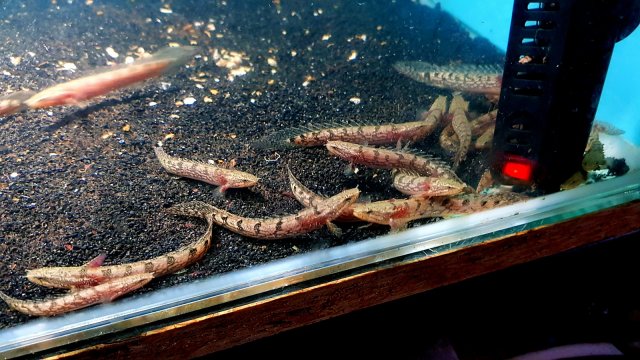
(Juvenile Polypterus delhezi)
Now you have an aquarium to keep one so time to choose your fish.
It became much easier to find nice delhezi in Korea than before.
Patternless delhezi are getting harder to find even from Indonesian import and many breeders trying to breed their own high-quality strains of delhezi so there is many choice nowdays.
In 2016, when i wrote one of the earlier post, there was only Wild catched specimens and Indonesian CB specimens but we became able to find various strains now.
Now, lets see how to choose good delhezi.
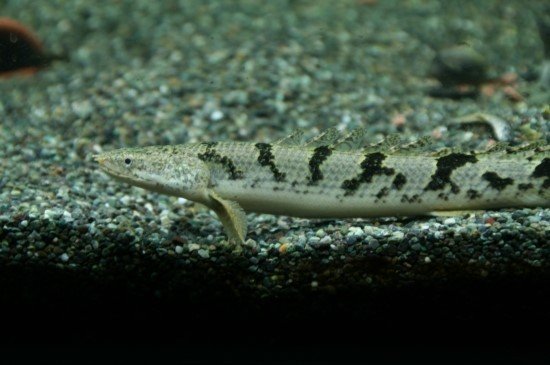
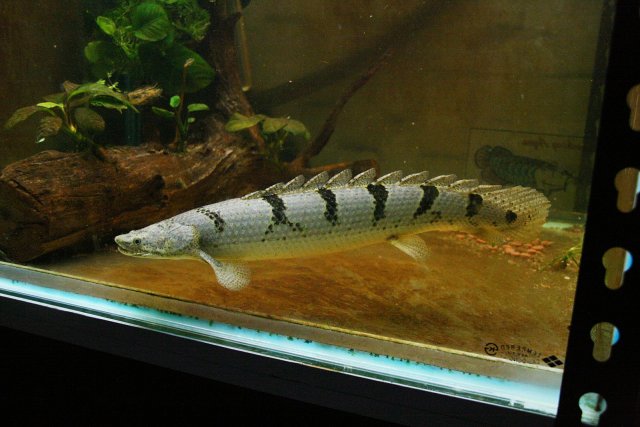
Headshape
Many experienced bichir keepers consider a lot about headshape when they choose their new fish, and Captive breed specimens are hard to beat wild catch specimens up with this.
Usually many keepers prefer long, sharp and pointy headshape than frog face because even the pattern is bit less quality, specimen with better head and body shape will became more beautiful than frog faced one when you keep them for long time.
And also, many frog faced specimens were too much inbred or didn't grow up well in younger stage so you have to choose better shaped one if you want to raise your fish bigger.
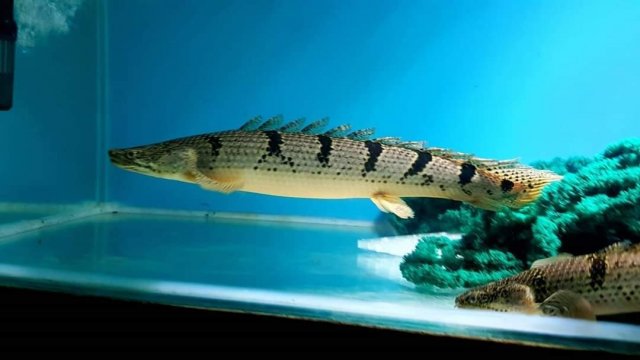
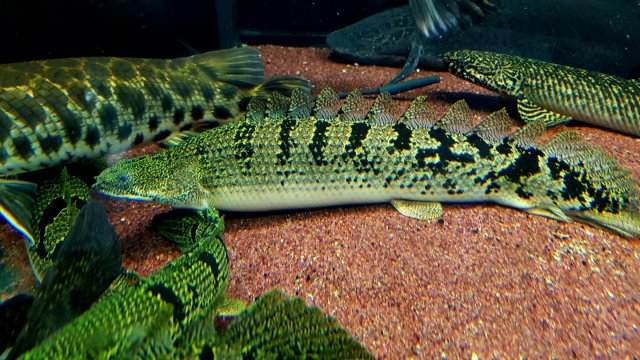
(Left: female wild catched delhezi Right: female captive breed delhezi)
Bodyshape
You can choose between two basic type of bodyshapes of delhezi fallow your tast.
The female captive breed specimen, specially the one breed from Indonesia will have very large and thick shape and Wild catched specimens or captive breed specimens that breed from wild catched parents will have much longer and slender body.
Also there is quite a big sexual dimorphism on bodyshape for delhezi so you will see more various shaped fish if you keep both male and female together.
The one we can see as quality is any flexure in their body shape, the one with smoother body line without any flexure will be better specimens and there also some other choice like Short-Body too if you like it.
